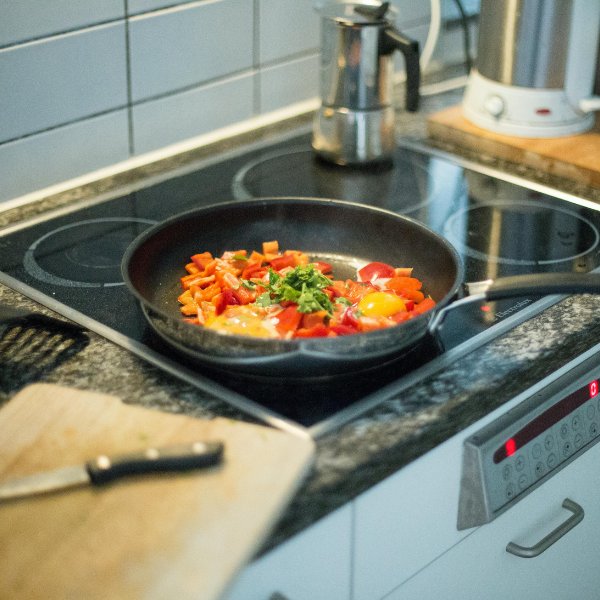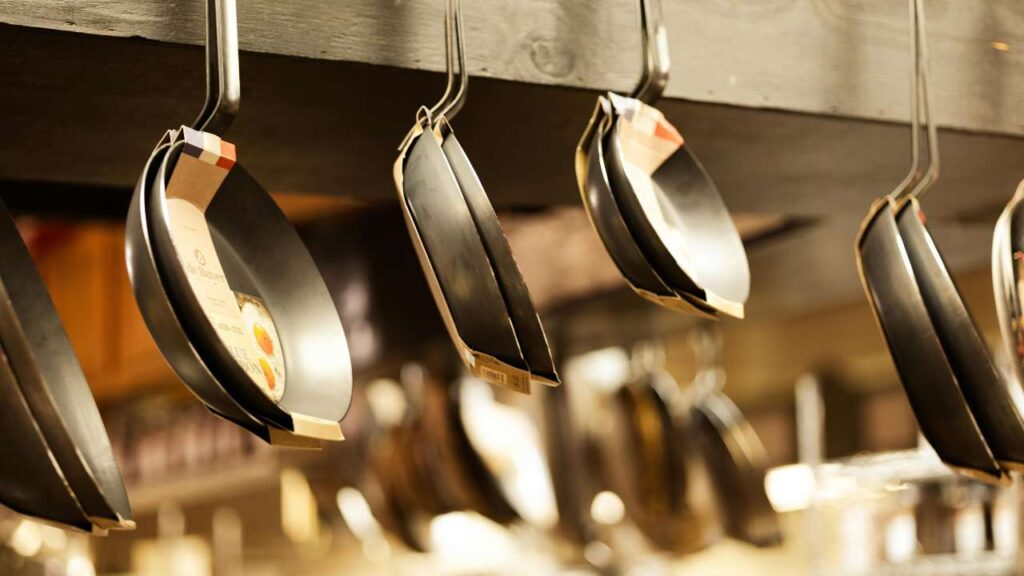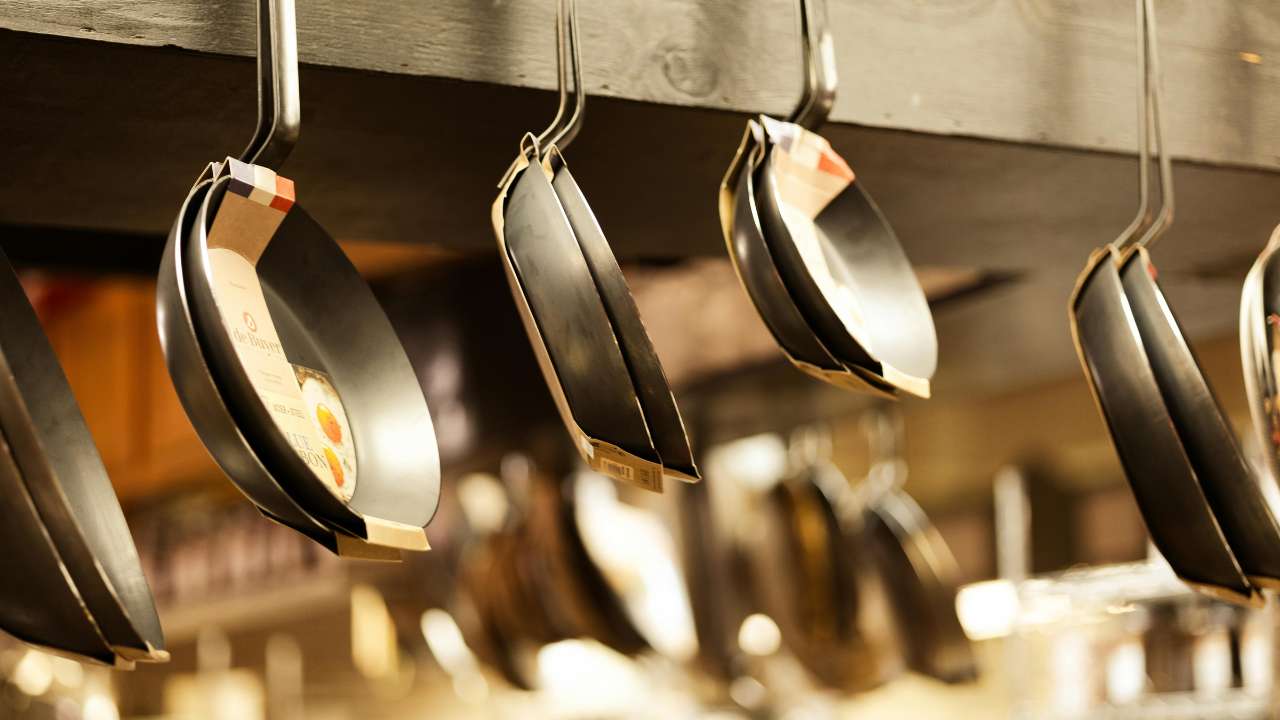Non-stick pans are a popular choice for hassle-free cooking and easy clean-up. But with so many options available, you might wonder, “Should you buy an expensive non-stick pan?” Understanding what makes a pan worth its price can help you make a smarter decision.
In this article, we’ll explore the key factors to consider before investing in an expensive non-stick pan, offering insights into their benefits, features, and value for healthy cooking.
Should You Buy an Expensive Non-Stick Pan?
Expensive non-stick pans often promise superior performance and durability, but are they worth the investment? Here are seven essential things to know before buying one.

1. Understanding the Benefits of Non-Stick Pans
Non-stick pans are favored for their convenience and versatility. Here’s why they stand out:
- Easy Cooking and Cleaning: Non-stick surfaces require less oil, making cooking healthier and cleaning effortless.
- Time-Saving: Food releases easily, saving time during cooking and clean-up.
- Versatility: Suitable for various cooking methods, from frying to sautéing.
While these benefits apply to most non-stick pans, expensive models often enhance these features with better materials and technology.
2. Materials Matter
The materials used in non-stick pans significantly affect their safety and performance. Expensive pans often use advanced materials like:
- Hard-Anodized Aluminum: Offers durability and even heat distribution.
- Ceramic Coatings: A non-toxic alternative to traditional non-stick coatings.
- Stainless Steel Bases: Improve heat retention and reduce warping.
These materials contribute to better performance and longevity, justifying the higher price tag.
3. Coating Quality and Safety
The quality of the non-stick coating is a crucial factor. High-end pans use coatings that are:
- PFOA-Free: Eliminating harmful chemicals ensures safer cooking.
- Scratch-Resistant: Durable coatings prevent flaking and extend the pan’s lifespan.
- Heat-Tolerant: Designed to withstand higher cooking temperatures without degrading.
Using a high-quality coating also reduces health risks, making expensive non-stick pans a safer choice.
4. Comparing Affordable vs. Expensive Non-Stick Pans
When deciding between affordable and expensive non-stick pans, consider these factors:
| Feature | Affordable Pans | Expensive Pans |
|---|---|---|
| Durability | Shorter lifespan | Long-lasting materials |
| Heat Distribution | Uneven cooking | Even and consistent |
| Coating Quality | May chip or flake | Scratch-resistant and safe |
| Warranty | Limited or none | Extended warranty coverage |
While affordable pans may suffice for occasional use, expensive pans are better for regular cooking.
5. Are Non-Stick Pans Worth the Investment?
Investing in an expensive non-stick pan can be worthwhile if you value:
- Longevity: Durable pans reduce the need for frequent replacements.
- Healthier Cooking: High-quality coatings minimize the need for oil.
- Enhanced Cooking Experience: Even heat distribution ensures consistent results.
Assess your cooking habits and budget to determine if the investment aligns with your needs.
6. How to Choose the Right Non-Stick Pan
Choosing the right non-stick pan involves evaluating the following aspects:
- Size and Shape: Select a pan that fits your cooking needs, such as a skillet for frying or a deeper pan for sauces.
- Compatibility: Ensure the pan is compatible with your stovetop, including induction models.
- Weight: Lightweight pans are easier to handle, but heavier pans often indicate better quality.
- Handles and Lids: Ergonomic handles and tight-fitting lids enhance usability and safety.
7. Maintenance Tips for Longevity

Proper care extends the life of your non-stick pan. Follow these tips:
- Use silicone or wooden utensils to prevent scratching the coating.
- Avoid high heat settings, as they can damage the non-stick surface.
- Wash the pan with mild soap and a soft sponge; avoid abrasive cleaners.
Adopting these practices ensures your investment in an expensive non-stick pan pays off over time.
Related Article: 7 Expert Tips to Choose Safe Non-Stick Pans for Healthy Cooking
Conclusion
If you’re confused about whether to buy an expensive non-stick pan, think about what it brings to your kitchen. These pans often last longer, provide better safety, and perform well for everyday cooking. By understanding their features and care, you can decide if they fit your cooking style and budget, making your choice easier and more satisfying.
FAQ’s
Should you buy an expensive non-stick pan for everyday cooking?
Yes, if you cook regularly, an expensive non-stick pan offers better durability, performance, and safety compared to cheaper alternatives. It’s a worthwhile investment for frequent use.
What are the benefits of non-stick pans?
Non-stick pans provide easy cooking and cleaning, require less oil for healthier meals, and offer versatility for various cooking techniques.
How do I choose the right non-stick pan?
Consider the size, material, compatibility with your stovetop, and additional features like ergonomic handles and lids. High-quality materials and coatings are essential for safety and performance.
Are non-stick pans worth the investment?
Yes, especially if you value longevity, even cooking, and healthier meal preparation. Expensive non-stick pans often deliver better results and safety.
What is the healthiest non-stick pan material?
Ceramic-coated pans are a non-toxic and environmentally friendly option. Hard-anodized aluminum and stainless steel bases also provide safe and durable alternatives.

